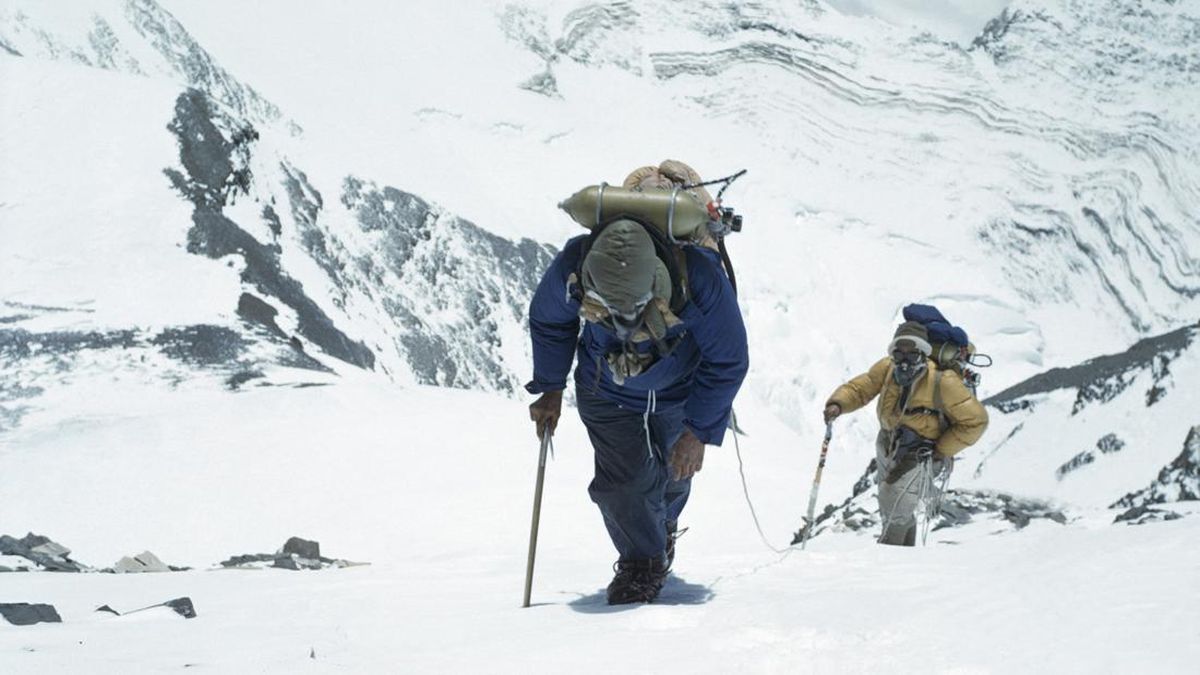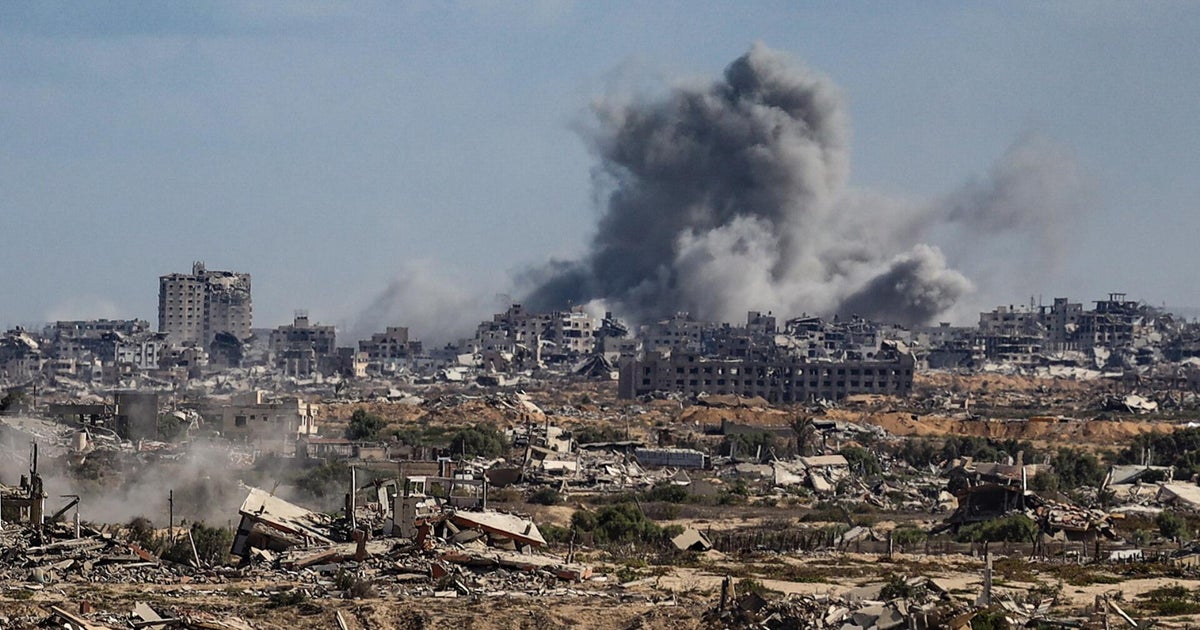Australia is second only to the United States for the cost of extreme weather over the past 45 years, and every decade since 1980 has been costlier than the last, the insurance industry says.
The 2024-25 Insurance Catastrophe Resilience Report says losses from floods, bushfires and storms have climbed consistently every decade, after adjusting for inflation. The recent National Climate Risk Assessment predicted this to grow as global warming progresses this century.

An aerial view of the Taree floods in May 2025. This year alone, extreme weather events have reached nearly $2 billion in insured losses.Credit: Harrison Reed / Seascape Media
Insurance Council chief executive Andrew Hall said the perception of Australia mattered because the local insurance industry was heavily reliant on international capital markets, and that affected the price of premiums.
“We’ve got a number of populations living in high-risk zones, geographically exposed to extreme weather events, and those populations are growing,” Hall said.
“We’re also dealing with the challenge of inflation, so it’s costing more to do rebuilding and restoring in those areas. At the same time, the frequency of the events have increased, and the number of homes that get impacted keeps increasing because the population keeps growing.
“It underscores the need for the investment into resiliency mitigation to increase and be effective, so we can flatten that curve.”
Among comparable developed nations, Australia has ranked on average second to the United States for economic and insured losses per capita from 1980 to 2020, and was pushed to third place in the past five years only by the 2023 Auckland floods and Cyclone Gabrielle in New Zealand. That’s based on new data from Munich Re’s NatCatSERVICE global database.
This year alone, extreme weather events have reached nearly $2 billion in insured losses, including the $289 million North Queensland floods; the $1.43 billion cost of ex-tropical Cyclone Alfred; and the $248 million Mid-North Coast and Hunter floods.
Hall said the United States consistently had higher losses because its building standards were lower and there were federal government bailouts that did not discourage development on floodplains. “We’ve got the opportunity to learn from those mistakes,” Hall said.

Credit: Matt Golding
Hall said community-level resilience work was sorely needed, such as flood levies that meet the predicted maximum height of a flood. He welcomed the National Adaptation Plan released alongside the Climate Risk Assessment, but said it was not enough.
“If we’re serious about living in a changed climate future, we’ve got to have homes that are resilient and durable for the issues they’ll face after they’ve been built for the next 50 to 100 years, the average life of a normal home,” Hall said. “Australia’s got a very, very strong case for resilience and mitigation globally, so that our assets are not getting destroyed by every single weather event that sweeps through the country.”
Climate resilience is a growing focus for philanthropists and corporate grant programs.
NRMA Insurance last week announced its new Help Fund, partnering with start-up program Climate Salad to fund local projects tackling climate challenges, from reducing risks to strengthening community resilience and supporting adaptation to extreme weather.
Loading
Get to the heart of what’s happening with climate change and the environment. Sign up for our fortnightly Environment newsletter.
Most Viewed in Environment
Loading


















































